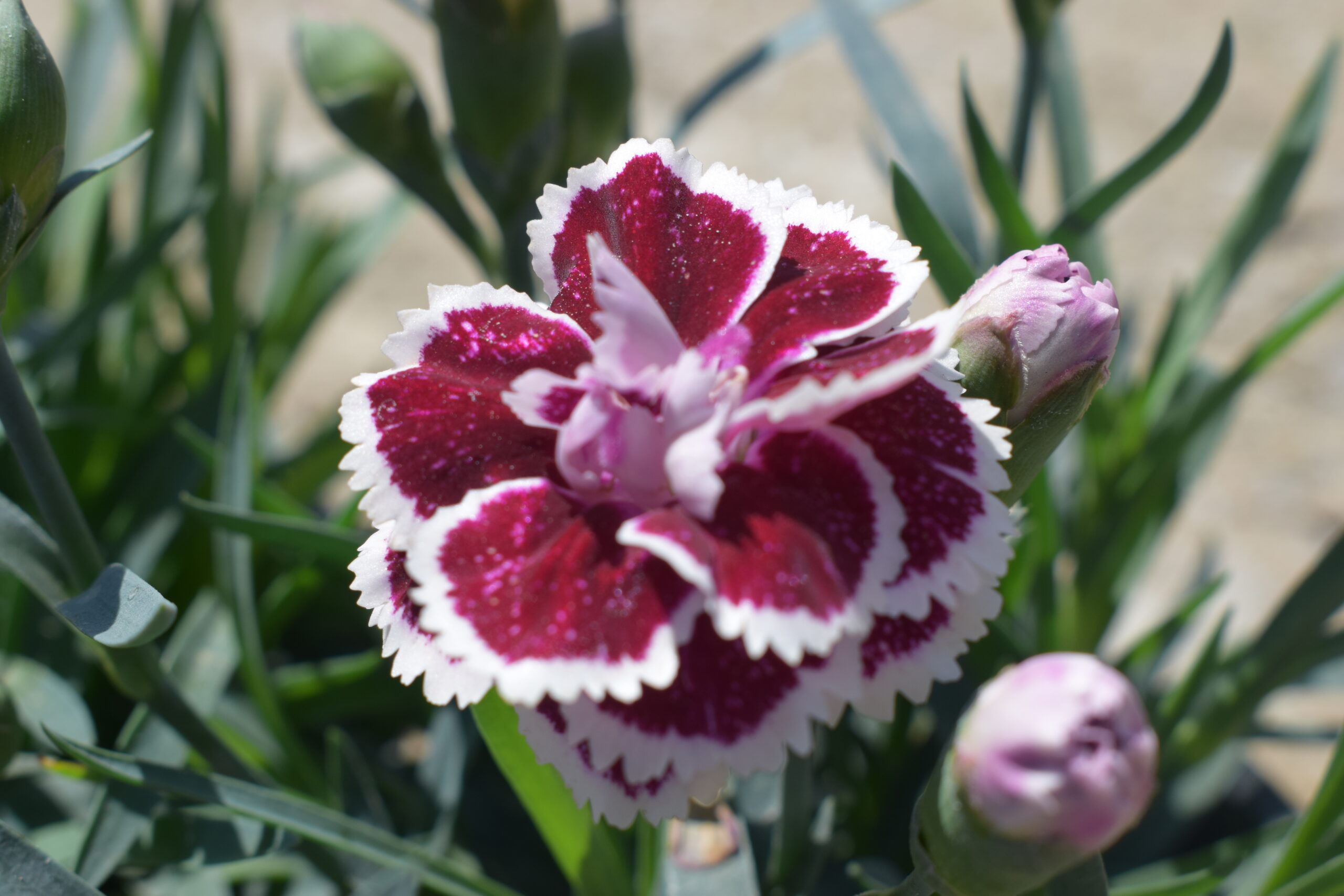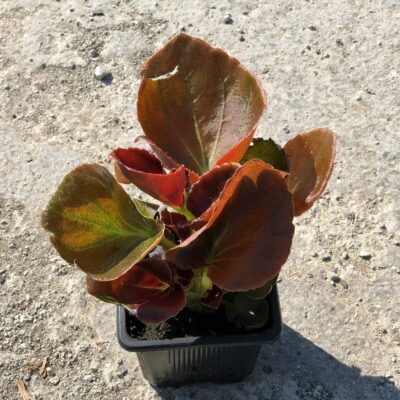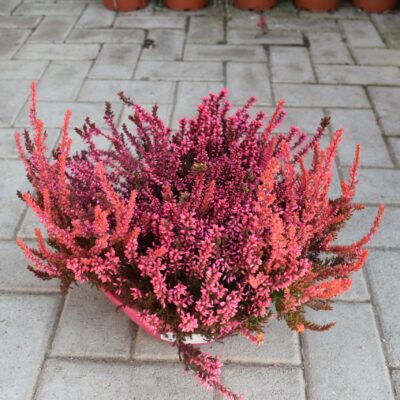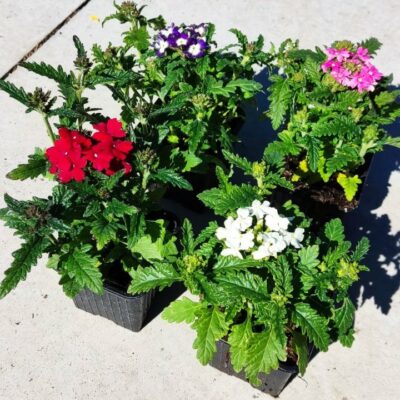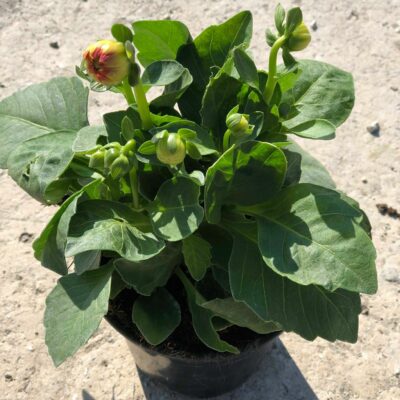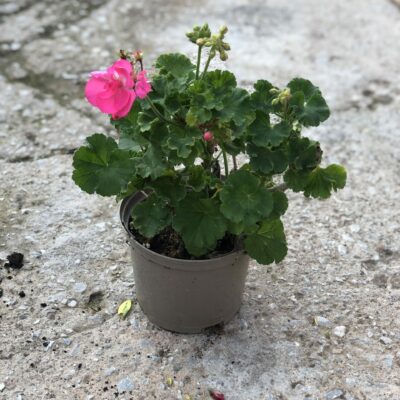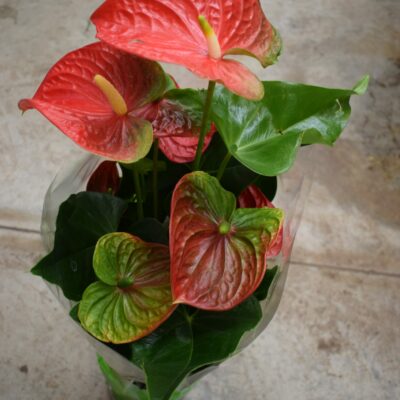Its leaves are grey-green, lanceolate and oblong. It has dense vegetation and its height reaches 60 cm.
Flowers
Its flowers appear on the mature shoots in many colors and color combinations. Flowering starts from the beginning of spring until the end of autumn.
Terrain
It grows satisfactorily in all types of soil, without particular problems. A necessary condition is that the soil has good drainage.
Position
It prefers sunny and bright places. Its reduced flowering is an indication that it does not receive enough light.
Watering
It needs frequent watering and adding fertilizer in spring and summer for continuous flowering. It has moderate to large demands on water, especially if it is in small pots.
Lubrication
It does not have high nutrient requirements. It is good to apply a preparation in liquid form for immediate results in early spring and late summer.
Durability
It cannot stand the cold, for this winter we put it in a sheltered area. Be careful with strong winds. It is suitable for planting in areas with intense atmospheric pollution. Withstands coastal areas.
Pruning
Early spring, after the last cold, pruning is needed. It needs the topping of the mature flowers and the dry and weak shoots in all seasons, for maximum and better quality flowering.
Diseases and enemies
Carnation is often affected by rust, a fungal disease. The fungus infects the leaves, stems and calyxes of cloves, where blisters form. Chlorination and drying of the plant appear as a symptom. Favorable conditions for the disease are high relative humidity and temperatures below 21οC.
It is suitable for
-
-
- For flower beds and rock garden compositions.
- For planting in pots and planters.
-
Flowerpot 8cm
